
What is a billhook?
A billhook is not a sickle!
Contents
The billhook is an ancient agricultural and gardening tool used for pruning wood. A billhook consists of a wide, curved blade at the tip. This tool allows for quick and rough trimming of hedges, clearing undergrowth, cutting back young bushes, rapidly pruning, or reshaping wooden stakes. Although not very precise, it is an effective and fast tool for gardeners who wish to work quickly in the wilder areas of their garden.
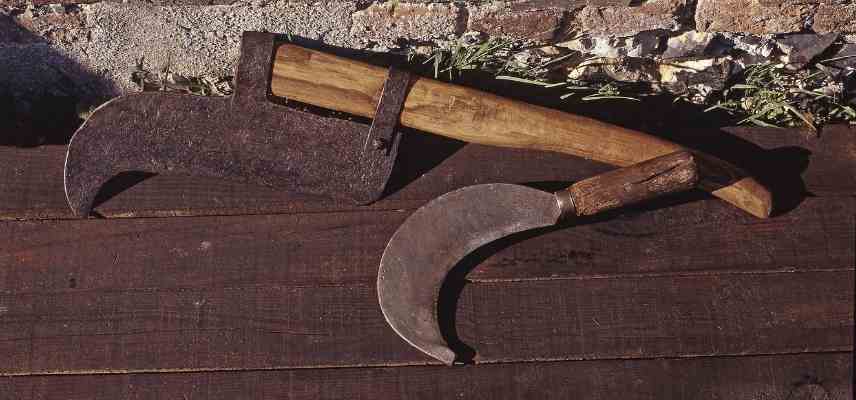
The billhook, an old tool… to rediscover!
What is a billhook?
The billhook is a gardening tool with a wide, curved blade used for cutting wood. This agricultural and gardening tool consists of a handle made of wood, plastic, or composite material, and a blade made of stainless steel or, much more rarely, copper. The curved blade allows for gathering cut branches. It is the curved part of the blade that is sharp, but some sickles have two cutting edges: on the curve and on the flat side. The name “sickle” comes from the Latin “sarpere“, which means “to cut“. However, other names are also used: sarpe, gouet, courbet…
The handle is most often short (less than 50 cm) so that the tool can be operated with one hand. These short handles are sometimes covered with leather vittae for a better grip. However, there are long-handled sickles (sometimes up to 1.50 m) for hedge trimming, bramble cutting, etc. These tools are then used with both hands.
There are several types of sickles:
- the most common is the “Italian” sickle: the blade is long and thick, and the “beak” is relatively short. The Leborgne Italian sickle or the Polet garden sickle are perfect examples;
- the Paris sickle: the blade is short but very wide and almost without a “beak”. The tool is much heavier, allowing for cutting branches of a larger diameter. Nevertheless, the tool tires its user quickly;
- sickles with two cutting edges: the blade can cut on the curved side, but also on the flat side. The flat side is sometimes even a saw blade.
These are just the three main “shapes” commonly encountered. However, in the past, there were many sickles of different shapes depending on the regions, uses, and manufacturers.

Polet garden sickle
Do not confuse sickles and sickles! The blade of the sickle is much more curved (almost circular) than that of the sickle and is used for cutting herbs, cereals, aromatics, etc., but certainly not wood. In fact, according to the drawing by Albert Uderzo, the druid Panoramix does not actually use a sickle, but a sickle to harvest mistletoe. But let’s admit that “The Golden Sickle” would have made a funny title…
The small sickle, on the other hand, is just a smaller version of the sickle. This gardening tool often resembles a folding knife with a curved blade.
 On the left a billhook, on the right sickles
On the left a billhook, on the right sickles
Read also
What is a sickle used for?What is a billhook used for?
A billhook is used for cutting in wood, for tasks such as:
- pruning: particularly for quickly removing low branches from certain trees, maintaining a woodland;
- coppicing: a billhook allows for coppicing young bushes whose branches are not yet too thick;
- thinning: the action of removing suckers, shoots, young branches…;
- pleaching hedges: an ancient technique that involves splitting the trunk of bushes while ensuring part remains uncut so they continue to live and grow. The cut parts are bent and woven together, creating very dense low hedges;
- clearing and brush-cutting: somewhat like an adventurer lost in the jungle alone with his machete, a billhook allows for quickly clearing an area that has been left abandoned for a long time;
- but also for other small tasks: splitting small logs, reshaping wooden stakes, cutting kindling…
Warning! : a billhook is a dangerous tool and requires a good grip and a certain technique.
Did you know? : The billhook, like many agricultural tools from Antiquity and the Middle Ages, has been used and then modified to serve as a weapon. The halberd, for example, is ultimately just a type of billhook on a long handle.
Discover other Axes and mauls
View all →Available in 1 sizes
Available in 1 sizes
Available in 1 sizes
Available in 1 sizes
Available in 1 sizes
Available in 1 sizes
Available in 1 sizes
Available in 1 sizes
Available in 1 sizes
How to use a billhook?
With the advent of more modern and efficient cutting tools, the billhook, an ancient tool, has somewhat lost its popularity. However, it can still be used for quick cuts on robust plants during tasks such as clearing undergrowth, reducing the volume of brambles, or making quick cuts on a living hedge, for example. The use of the billhook is quick, but it is not very precise (even for an experienced user) and does not provide a perfect cut. This is why, over the years, the term has taken on a pejorative connotation in certain expressions: “a face shaped by a billhook” to describe a visage with harsh and angular features or “work done with a billhook” to define a shoddy piece of work.
The cut should be clean and executed with a swift downward motion. The sharp part, which is curved, should face the plants to be cut, thus pointing downwards. But, be careful of your legs! (and any other part of your anatomy, for that matter).
To avoid creating bad wounds on your woody plants that will not heal, make sure to keep the blade very sharp!
Take care of your billhook!: a billhook is a robust tool and will last you a lifetime if you take care of it. Clean the blade with alcohol after each use, sharpen the blade from time to time, and apply tool grease to the blade for winter storage.
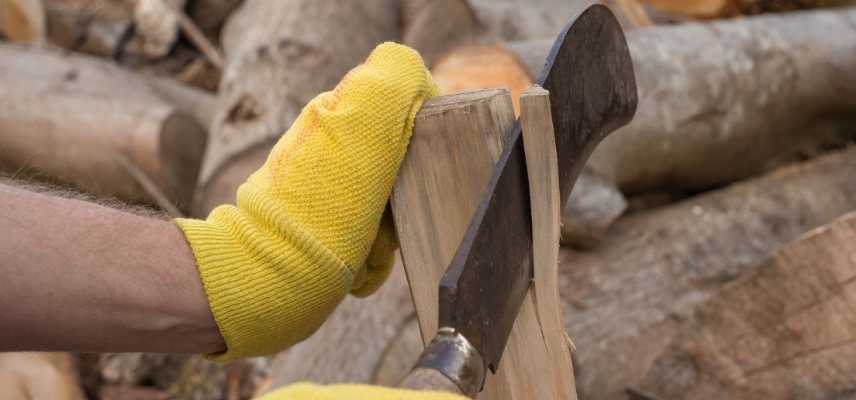
- Subscribe!
- Contents
































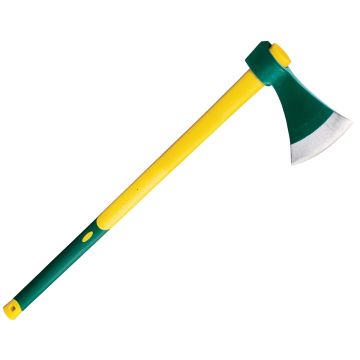
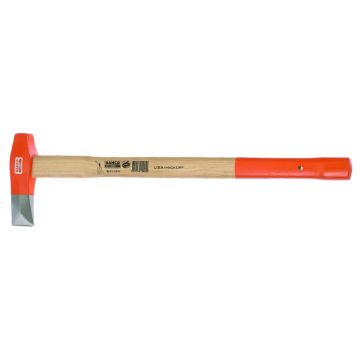

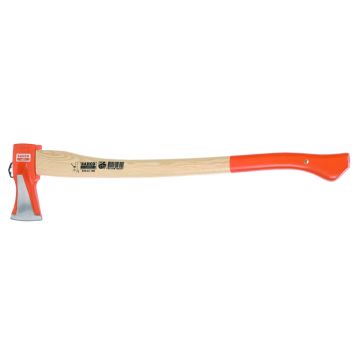

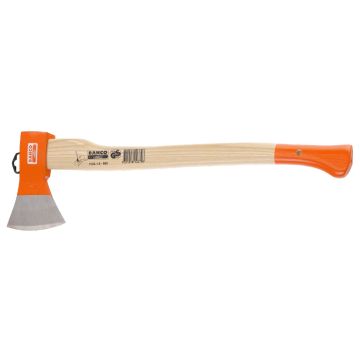
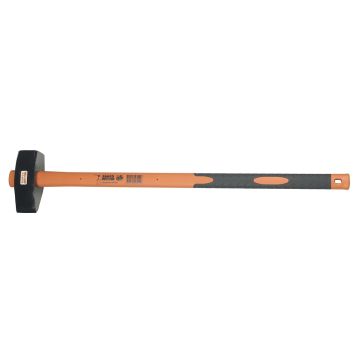
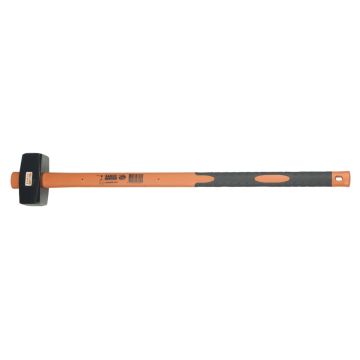
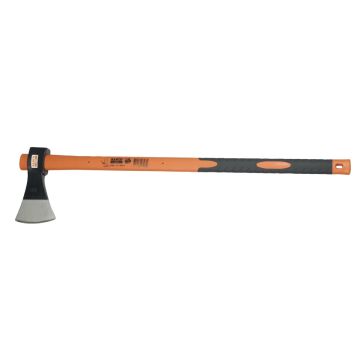

Comments